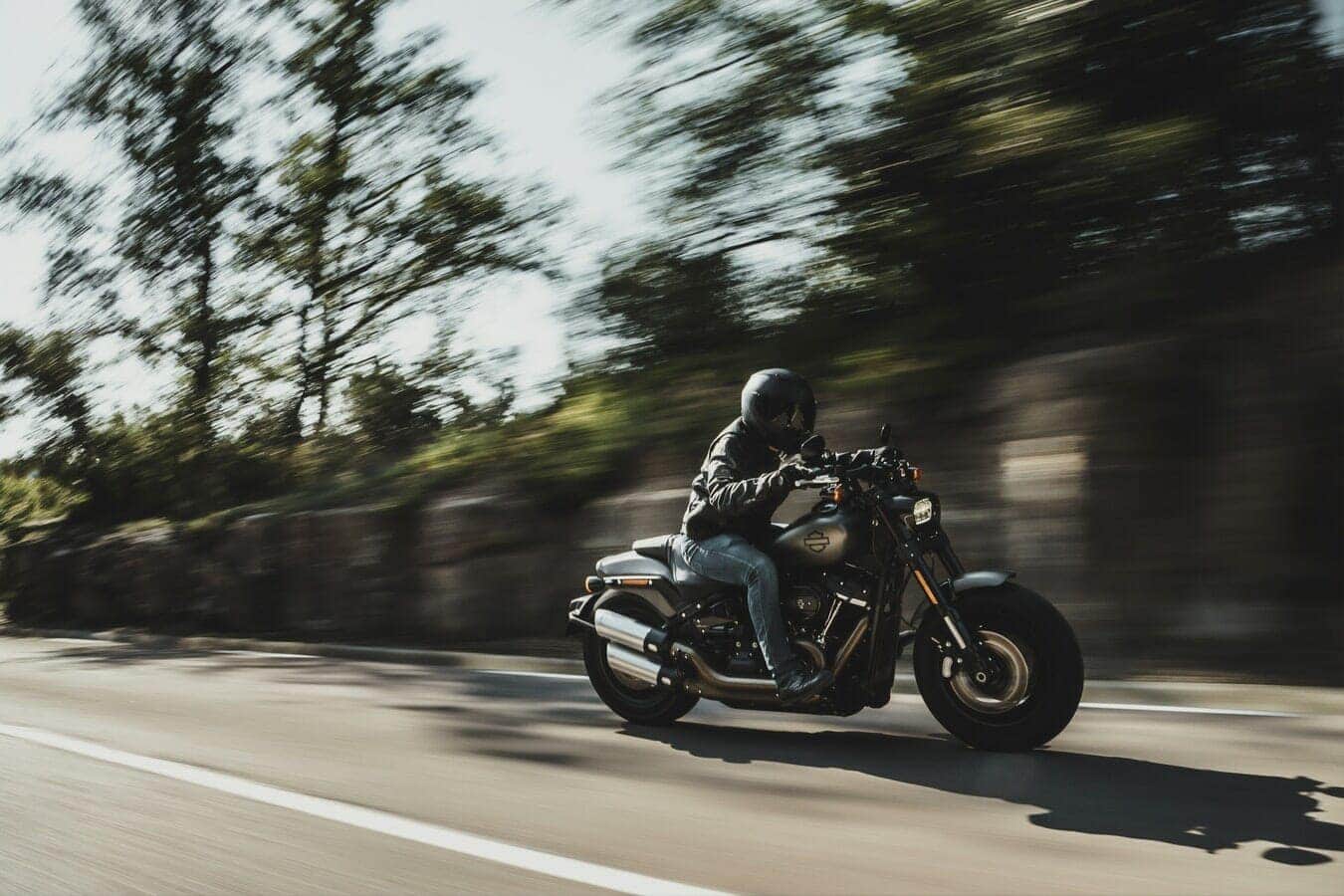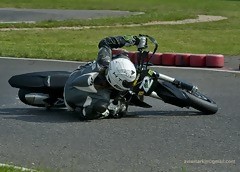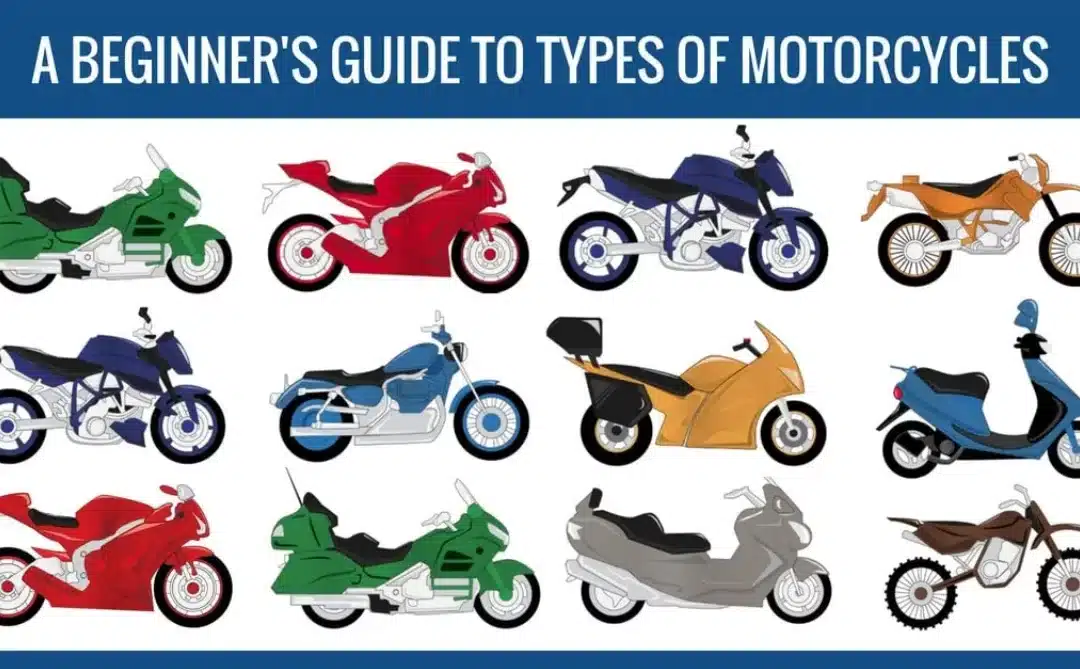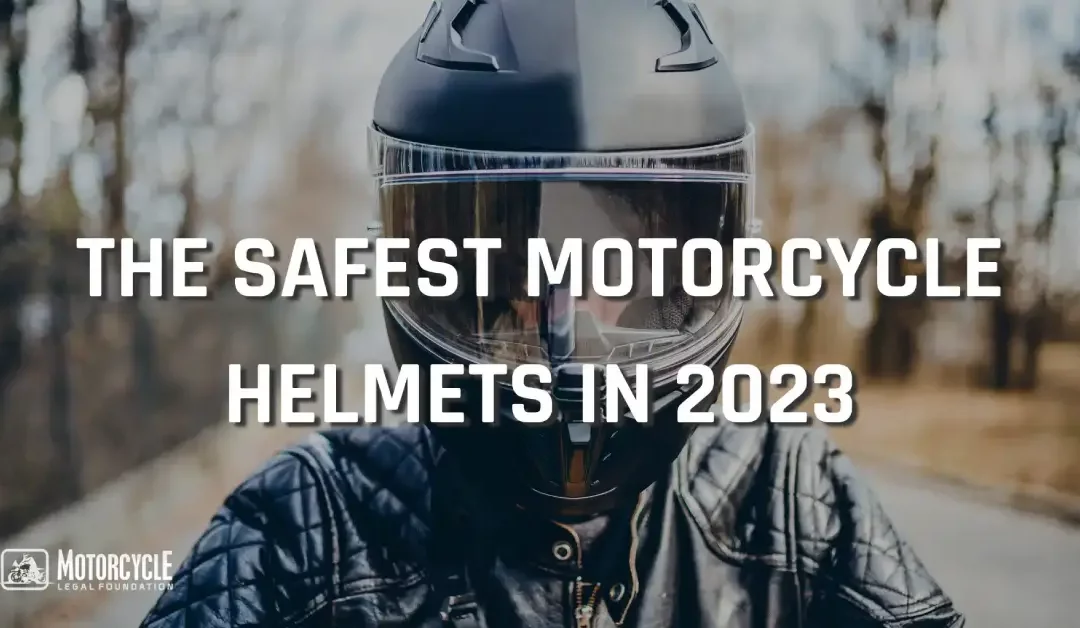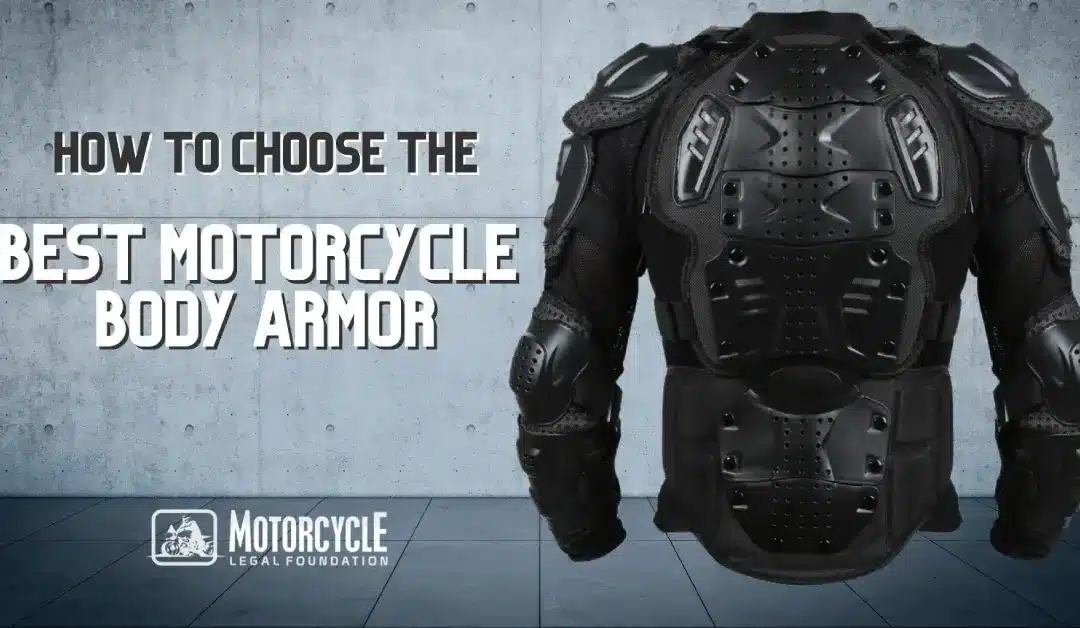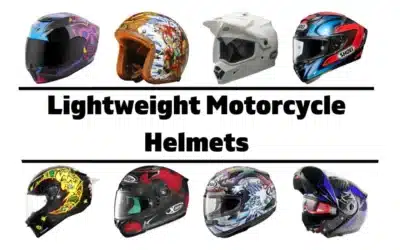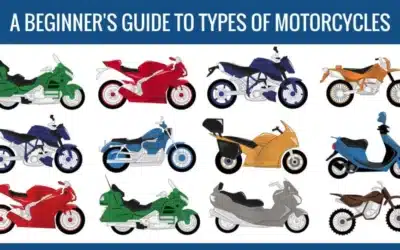As a new rider on a motorcycle, one of the tougher dynamic things to master is shifting. Upshifting is easier than downshifting, and both require more than just pulling in the clutch lever and engaging the shift lever to the next gear in sequence. Shifting requires practice, and through practice comes efficiency.
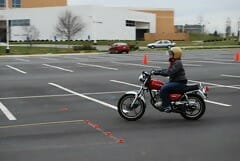
Shifting requires at minimum two of your extremities, but efficient and expert riders involve all four extremities in shifting. Braking can be added to the downshift, and mastering the use of your hands and feet requires practice. Why would you use the throttle in braking? That is always a great question. It’s tricky to explain, but we’ll jump into the steps in detail to get you acquainted with each piece of the downshift.
Terms to Know
Blipping – You may have heard the term ‘blipping the throttle’ or ‘rev-matching’ and in their basic meaning it is a way to match the engine speed to the road speed as you downshift. There is a strategy to matching the engine speed to the road speed, and it’s more than just pull the clutch lever, press down on the shift lever, and let the clutch out. The goal of blipping is to quickly raise the engine speed with the throttle after the clutch lever is pulled in, shift down to the lower gear, and let the clutch lever out as the engine speed starts to fall. The clutch lever will be released just as quickly as it’s pulled in, only taking a second or less. You may find it most beneficial to blip the throttle at any speed shifting into any gear, but it will make the most difference shifting into the lower gears. The higher gears are closely matched, and the motorcycle will have enough momentum and speed that blipping may not change the handling of the motorcycle. The slower the motorcycle is going, the more a missed downshift will affect the handling of the motorcycle. This technique will need the most brake application to slow down as the engine will not assist with engine braking.
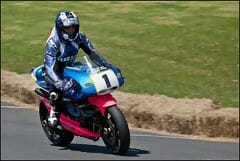
The Steps for Downshifting
The main purpose of downshifting is to keep the engine speed matched to the road speed. This allows the rider the ability to change speed and maneuver quickly as they ride. There are four or five main steps to downshifting depending on which technique you use, and they are:

- Pull the Clutch Lever: Once you have rolled off the throttle and applied the front and rear brakes, you can then pull in the clutch lever. Then decouples the clutch from the engine, and makes it possible to downshift or rev the engine freely.
- Select the Next Gear: You may find it helpful to downshift by preloading the shifter with your foot. Before you pull the clutch lever in, you can use your left foot to apply a little force to the shifter lever preparing for the downshift. When the clutch lever is pulled in, you can fully engage the next gear down. The preloading effort makes the shift quicker as the lever needs to travel less distance before it engages the lower gear.
- Blip the Throttle: Blipping the throttle with the clutch lever pulled in allows the engine speed to increase without fear of increasing the speed of the motorcycle. It is only going to apply as step 4 for the “blipping the throttle” technique, and you can skip it if you only plan to slip the clutch when downshifting.
- Let the Clutch Lever Out: The length of time to let the clutch lever out will depend on the technique you use. If you choose to blip the throttle, you can quickly let the clutch lever out. The engine speed will closely match to the speed you need in the lower gear, so you don’t have to worry that the motorcycle will suddenly lurch forward as the clutch engages. If you slip the clutch, you’ll slowly let the lever out to ensure a smooth engagement of the clutch as it matches with the engine speed.
What Happens if I Miss a Shift?
Shifting will become second nature and somewhat effortless with more and more practice, but getting to that point will take some time. Along the way you’ll encounter a few obstacles from missed shifts, skipping steps, or getting the downshift sequence out of order. This is what can happen if you miss a shift:
- What if the bike jerks? You may find that when you downshift that you haven’t matched the engine speed with your road speed and the motorcycle jerks forward. You may still have too much road speed and the next gear selected allows you to accelerate rather than slow down. Roll off the throttle if you’re going too fast, perhaps pull in the clutch lever to disengage power from the engine, and apply your brakes safely to reduce your speed.
- What happens if the bike slows down rapidly? In this case, you’re applying too much brake or your engine is causing the motorcycle to slow faster than you wanted it to. You can again pull in the clutch to reduce the engine braking or roll on the throttle slightly to increase your speed.
- What happens if I perform each step separately? When you start riding, your motions and actions will be a little jerky and awkward. Riding a motorcycle and using your hands and feet at the same time is like trying to play drums for the first time. It can sound terrible and feel weird. Downshifting is going to be no different. You may have to start by completing each step separately, and even saying them out loud in your helmet to get each done in the right sequence. Through practice, that awkward out loud sequence will become a fine balance of smooth transitions from one step to the next. You’ll find that you start doing each so fast that steps seem to overlap and they become second nature.
- Why did I overrev the engine? If you’ve taken a motorcycle safety class, or just received good advice from an expert rider, they should have told you to ride in a ‘wrist down’ position. In order to apply the front brakes, you tend to reach with your fingers and hand (wrist included). When you squeeze the front brake lever, having a wrist high articulates your arm and wrist causing you to roll on the throttle. Having a low wrist position keeps your arm and wrist low, and prevents revving the engine by rolling on the throttle. When it happens, it can be alarming. You don’t expect the engine to rev up, and then it does. Stay low with your wrist.

- What happens when I dump the clutch back out? You may not know what ‘dumping the clutch’ means, but it is when you don’t slowly let the clutch lever. You simply open your fingers and fully engage the clutch in one quick motion. The end result of letting the clutch lever out quickly after a downshift will be a quick deceleration as engine braking slows the motorcycle. The lower the gear you shift to, the more engine braking will take place. It can be sudden and cause you to hit against the fuel tank. Lose control, and possibly crash.
- Can I rush a downshift? Most of the time, rushing a downshift ends in a missed shift. You may skip a step, try to overlap steps too much, and don’t complete the downshift in the end. You can overlap parts with practice, but a rush job usually ends with an incomplete shift or on of the conditions listed above. Perhaps inconsistent braking, dumping the clutch, or overreving the engine. Take your time, complete each step correctly. You’ll get better over time.
Which is Better: Blipping or Slipping?
When you have a grasp of both techniques, blipping and slipping, you may wonder which is better for the rider or the motorcycle. For the motorcycle, blipping the throttle will be slighter better for the longevity of the clutch. The transition of engagement of slipping the clutch tends to add heat to the clutch discs and causes them to wear more that blipping the clutch to downshift. When you initially start using the technique, your shifting will be prolonged as you learn to feel the downshift steps. Over time that engagement will become smoother and more timely, so don’t worry that using the slipping technique will prematurely wear your clutch out and cause it to need to be replaced too soon in your riding career.
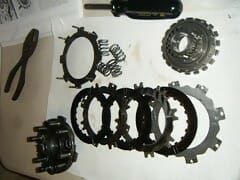
Downshifting on a motorcycle is a key skill that you will need to become proficient at to have a long riding career. Some Touring models add a reverse gear to help with backing out of a parking spot, but the one down and multiple gears up is standard for most motorcycles you’ll ride. Mastering a blip or a slip will be up to you, and deciding which fits your riding style best will take time. Keep the wheels turning and you’ll be on your way to proficiency.

